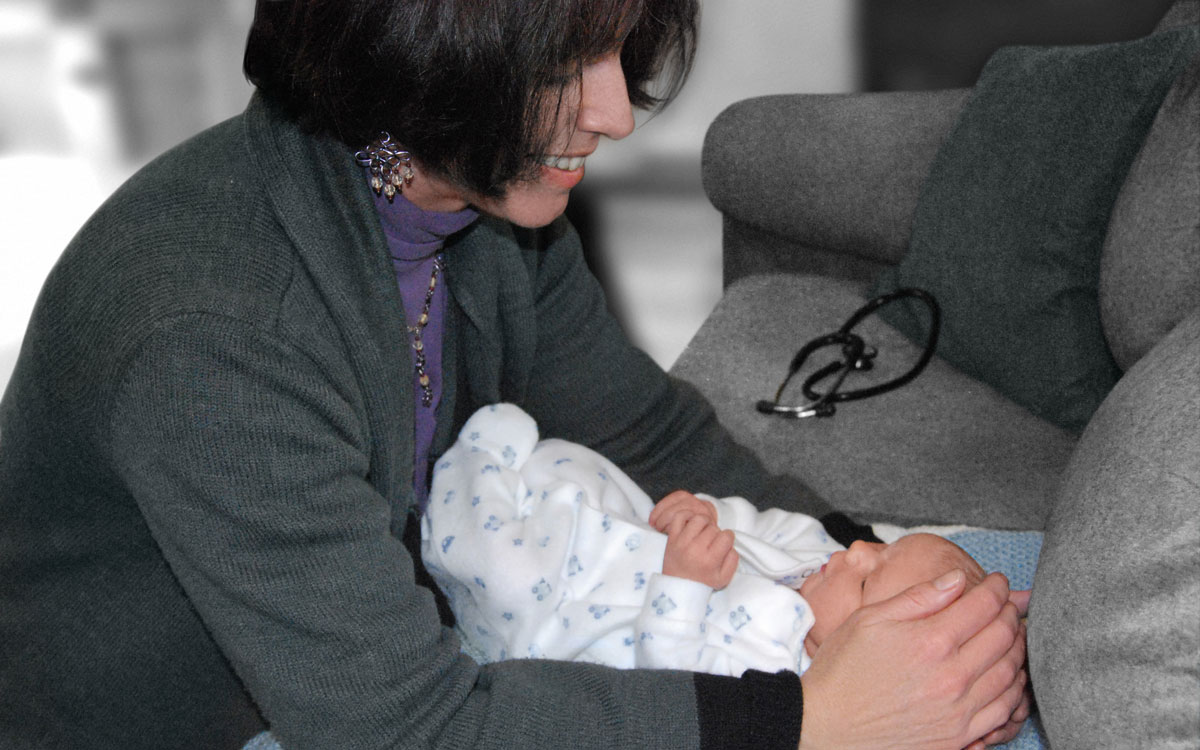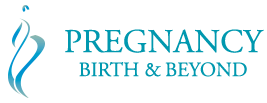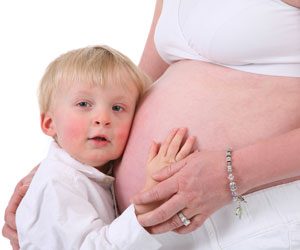Even babies who are very healthy generally see a doctor, midwife or child health nurse a lot in their first two years of life. This is because the first two years are a crucial time for your baby’s growth and development. If born in a hospital your baby will have their first check-up. They can have it with a doctor or a midwife within 24 hours of birth. If your baby is born at home your midwife may recommend you see a paediatrician. You may also see a general practitioner within the first week of your baby’s life.
This first check-up will involve a midwife or doctor conducting a full physical exam, which focuses on normal body function, basic newborn reflexes, skin tone, alertness and hip stability to ensure baby is looking healthy and responding well. Here’s what you can expect of your baby’s first check-up.

Physical Exam
Your midwife or doctor will do a head-to-toe examination during which they will examine your baby’s ears, eyes, mouth, skin, abdomen, hips and legs, and genitalia. Your midwife or doctor will also listen to your baby’s heart and breathing with a stethoscope, and check your baby’s fontanels (the soft spots in your baby’s skull).
Because infant’s clothes are removed for this check and their body is handled by a stranger, your baby may become distressed during their examination. Ensure you remain close to your baby, and speak gently and reassuringly to him or her to let them know all is well. If your baby becomes very distressed do not be afraid to ask your midwife or doctor to wait while you comfort your baby before continuing.
Developmental Surveillance
At most visits, your doctor or child health nurse will gauge whether baby’s development is on track. For a newborn check, your midwife or doctor will be looking for the presence of basic newborn reflexes.
Reflexes are involuntary movements or actions, some of which are spontaneous, occurring as part of your baby’s usual activity, while others are responses to certain actions. Checking your baby’s reflexes helps to identify normal brain and nerve activity. The following are some of the normal reflexes seen in newborn babies which your doctor or midwife will likely check:
1. Root reflex
When the corner of your baby’s mouth is stroked or touched, your baby will turn their head and open their mouth to follow and “root” in the direction of the stroking. This reflex helps your baby find the breast or bottle to begin feeding.
2. Suck reflex
Rooting helps your baby become ready to suck. When the roof of your baby’s mouth is touched, your baby will begin to suck.
3. Moro reflex
The Moro reflex is often called a startle reflex because it usually occurs when a baby is startled by a loud sound or movement. In response to the sound, the baby throws back his head, extends out the arms and legs, cries, then pulls the arms and legs back in.
4. Tonic neck reflex
When a baby’s head is turned to one side, the arm on that side stretches out and the opposite arm bends up at the elbow. This is often called the “fencing” position.
5. Grasp reflex
Stroking the palm of a baby’s hand causes a baby to close his/her fingers in a grasp.
6. Babinski reflex
When the sole of the foot is firmly stroked, the big toe bends back toward the top of the foot and the other toes fan out.
7. Step reflex
This reflex is also called the walking or dance reflex because a baby appears to take steps or dance when held upright with his feet touching a solid surface.
Measurements
Your baby’s physical assessment involves a lot of measurement. Your midwife, doctor or nurse will measure baby’s length, weight and head circumference. They will record these on a growth chart. This will allow you to see how your baby compares to national averages. This will likely be described to you as a percentile.
Percentile charts are based on measurements of babies and children from a certain population. Some percentile charts are based on formula fed babies so are inaccurate. The World Health Organisation has developed baby growth charts based on breastfeeding babies. You can download the girls growth record and boys growth record to compare your breastfed baby’s growth against accurate charts. As normal variations in height and weight are considerable, the percentile charts are drawn to allow for the variations.
If you look at percentile charts you’ll see that the lines represent the 5th, 10th, 25th, 75th, 90th and 97th percentiles for weight, height and head circumference. If your baby is on the 5th percentile for height and weight, it means that 95% of babies are taller and heavier than she is. A baby on the 90th percentile for height and weight is taller and heavier than 90% of other babies. In both examples, the baby is within the normal range, even though these are at different ends of the percentile range.
Other Tests Recommended for Newborns
You will generally also be offered a hearing check and a newborn screening test for your baby. In Australia, these tests are usually performed by midwives. In other countries, these tests may form part of the paediatrician’s examination.
Hearing Screening
There are two different tests used to determine your baby’s hearing is within normal ranges: otoacoustic emission (OAE) and auditory brainstem response (ABR). The OAE test involves placing a mini earphone and microphone in baby’s ear to measure sound reflection in the ear canal. For the ABR test, electrodes are placed on baby’s head to measure how the hearing nerve responds to sound. Both tests can detect hearing loss.
Some parents question the relevance of a hearing test sighting that they know their baby can hear them because of their response to sounds. However the only way to determine that your baby has the full range of normal newborn human hearing is with a professional hearing test. If your child has difficulties later on, it can be very disheartened for parents to discover that undetected hearing loss originating in infancy is responsible their child’s language or other developmental difficulties.
Newborn Screening Test
The newborn screening test involves the drawing of a small amount of blood from your baby’s heel. The diseases screened for in this test will depend on which country and locality you reside in. In Australia the newborn screening test includes Phenylketonuria, Primary Congenital Hypothyroidism, Cystic Fibrosis, Galactosaemia and 30 other rare metabolic disorders.
Having their heel pricked and blood drawn can be distressing for your baby. However early diagnosis and timely treatment with medication or diet can prevent death or serious illness as a result of these diseases. Cuddling and if possible breastfeeding your baby during the test can help to minimise their discomfort as well assisting you both to recover quickly.

 Wish List
Wish List
Recent Comments